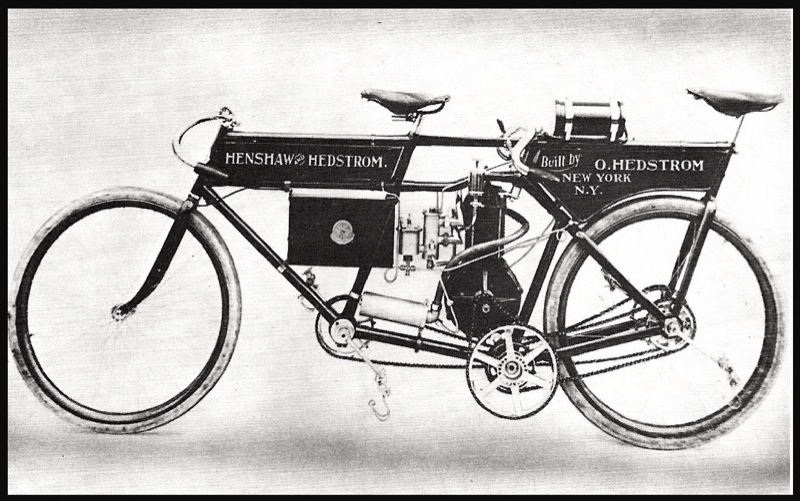
Pacers were teams of men—usually two, but sometimes three or more—on multi-seat bicycles (tandems, triples, or quads) that would provide a high-speed pace for a racing bicyclist, and create a slipstream to reduce wind resistance. This allowed professional racers to increase their speed and endurance, recording higher top speeds for longer distances. Professional medium- and long-distance stars demanded unlimited pacer teams, and would often use 10 or 12 teams per race.
In France, Comte DeDion had designed a small internal combustion engine in 1896 and placed it in a tricycle, called the DeDion-Bouton. The following year they were producing and selling both the motor tricycles and individual engines, and they were popular, selling in the thousands (a racing series was even created for trikes). Kenneth Skinner of Boston acquired the sole U.S. distribution rights for the DeDion-Bouton in November 1897, and partnered with Charles Henshaw to open the Back Bay Cycle Company. Allegedly, Oscar Hedstrom learned to tune the engines of imported De Dion-Bouton tricycles and quadricycles the following year.

On December 26th 1898, a 20-mile race was held at Madison Square Garden: Fournier on his solo mechanical pacer led Jay Eaton and Teddy Goodman, while Harry Elkes was paced by a series of seven man-powered tandem teams working in sequence. The event was billed as man against machine, a popular subject in the age of John Henry, and the dawn of motorized transport. Unfortunately, the drive belt on Fournier’s machine parted during the third mile and took him out of the race. Oscar Hedstrom was present that day, and competed in the professional half-mile race (placing 1st) and the one-mile handicap (placing 2nd): it’s hard to imagine that he missed seeing Fournier’s pacer perform.
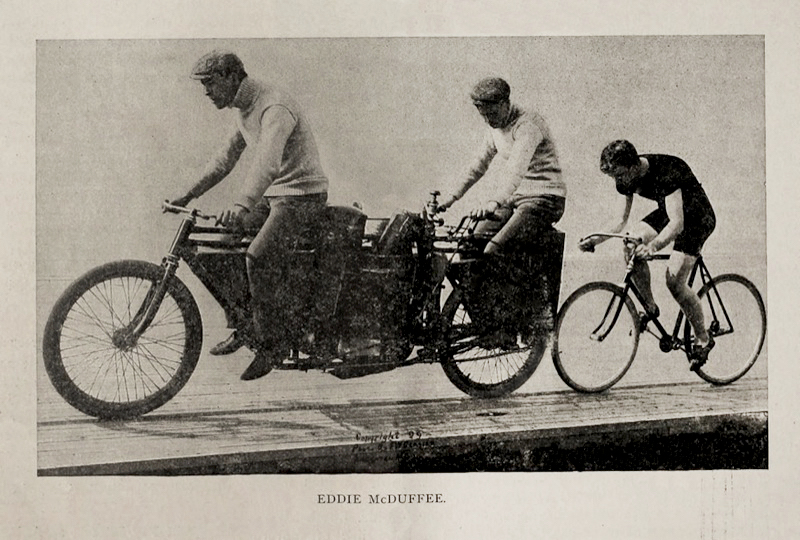
In March of 1899, Fournier built a motor tandem configured as a “bob tail.” This chassis design had been invented by Hedstrom the previous year, with the rear seat placed behind the axle to provide the racing bicyclist with a better slipstream; it would soon become an extremely popular pacer style. In May, Fournier began to import tandem motor pacers from France and first used them at Ambrose Park in Brooklyn. Demand was high, and that month the Fournier-Henshaw team also appeared at the Woodside track in Philadelphia and the Baltimore Colosseum. Although Charles Henshaw was involved with Fournier’s import business and pace team, he also organized his own professional motor-pacer teams and promoted races at Crystal Lake Park in Middletown, Connecticut.
The Waltham Manufacturing Co. was producing the popular Orient bicycle, and developed an Orient motor pacer using an Aster engine. It was finished in time for a race meet on May 30, 1899, and early in June, Henshaw was riding it at the Waltham and Charles River tracks. On June 17 at the Waltham racetrack, Fournier and Henshaw riding a French pacer were beaten by the Orient machine. The same happened at the Manhattan Beach track on July 4, except this time Henshaw and Fred Kent partnered on the Orient. By the fall of 1899, the Orient pacers (not retail motor bicycles) were being advertised for sale, with 25 sold by the end of the year: almost no champion bicyclist was willing to compete without a motor cycle pacing him.
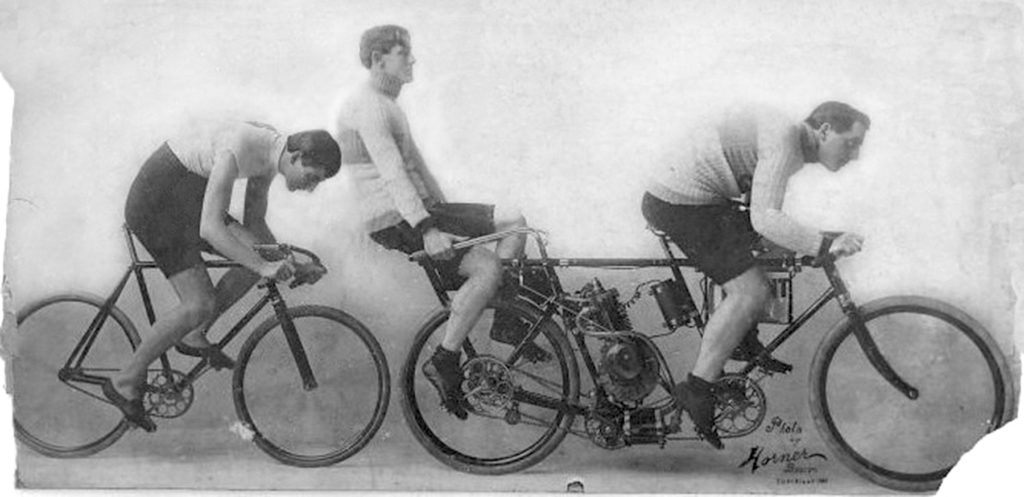
The evolution of and demand for motorized pacers was explosive. Promoters wanted them because they were less expensive than paying multiple teams of human pacers, and their novelty drew crowds [often these were the first motorized vehicles of any kind spectators had seen, and were certainly the first moto-cycles – ed.]. Racers wanted them because they attained faster times and thereby were able to establish new track records. In an October article in The Wheel & Cycling Review it was revealed that Frank Waller made $1,000 clear in one month while operating a motor pacer, and another champion racer made enough money to purchase a second pacer after only a month of operating his first. In one month during 1899, Fournier and Henshaw had 16 pacing engagements, and traveled over 10,000 miles to fulfill them. There was money to be made.
During this period, both Oscar Hedstrom and Charles Henshaw were also racing as professional bicyclists and, as a muscle-powered tandem team, held the national records for the unpaced half-mile and mile, and the mile and two-mile records for paced. As part of a quint (five-man tandem) team Hedstrom placed third at Ambrose Park in May, while Henshaw, paired with Kent, came in fourth. Unfortunately, on June 19th at Manhattan Beach in the fourth lap of the Great Atlantic Sweepstakes, Hedstom got tangled up in a spill with two other riders and dislocated his shoulder, which put him out of competition for the remainder of the season.
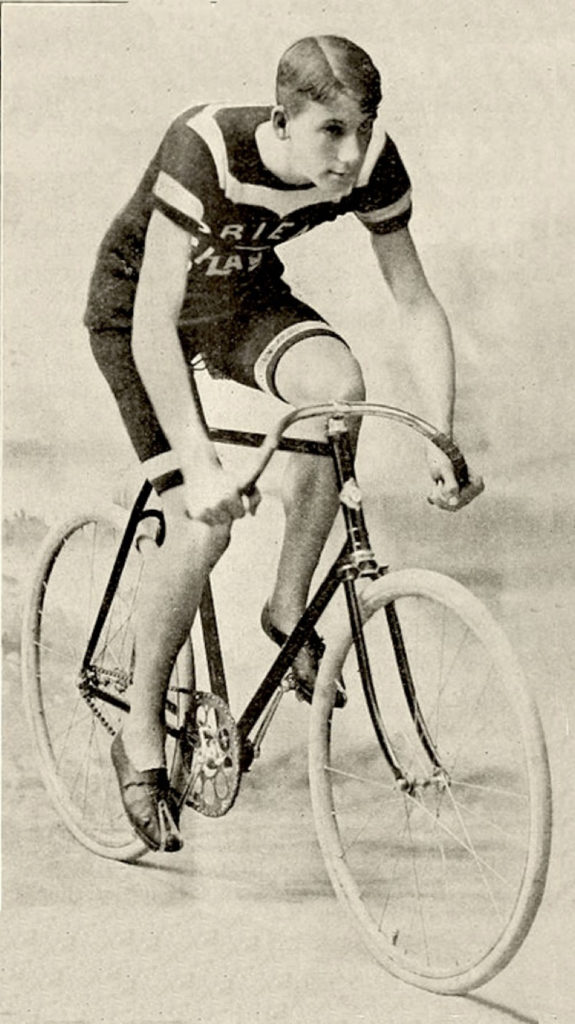
On September 18 1899, Hedstrom teamed up with pattern designer William Russell Frisbie, who did contract work for Worcester Cycle Mfg., Waltham Mfg., and Keating Wheel Co: their aim was to create a motorized pacer. Hedstrom built a tandem frame and modified—or, at the very least, converted from metric to SAE—a DeDion engine in the shop that he had been renting from Worcester Cycle since February 1898. This tandem motor pacer, nicknamed the Royal Blue Express because of its paint and nickel fixtures, was built under contract for racing star Charles Miller. Weighing only 130lbs, it was tested on November 24, 1899, in Middletown, and three days later at the Berkley Oval in New York. It would be used in the main event at Madison Square Garden on December 16 to successfully pace Harry Elkes in the one-hour race.
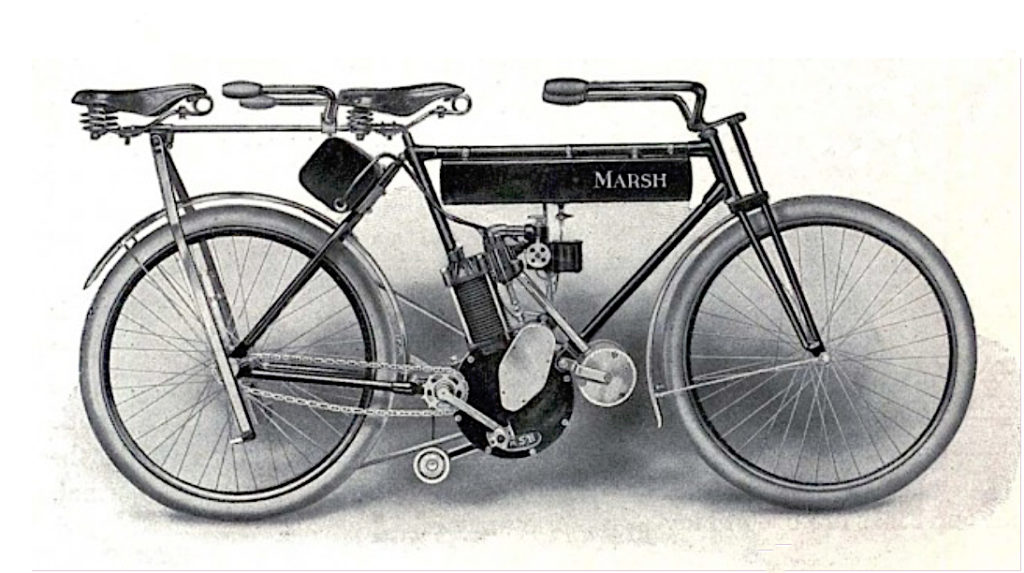
The partnership between Hedstrom and Frisbee was dissolved in January 1900 because Frisbie wanted to develop marine engines and automobiles. Hedstrom continued working on his own motorized pacers fitted with his modified DeDion “Typhoon” engines (tandem #2 was built in May with a 3.25 hp engine and #3 had a 5 hp), and producing his Hedstrom Special racing bicycles. Several of the motor tandems were sold to racers in the spring, but despite numerous requests he stopped producing them during the race season due to racing team commitments.

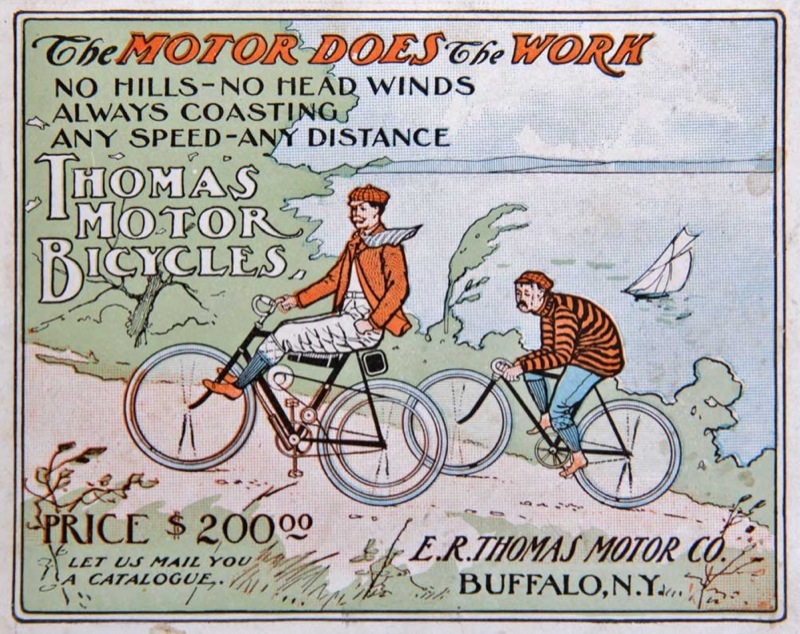
Read Part 1: ‘George M Hendee, Race Legend’ here.
Read Part 3: ‘The Indian Motocycle is Born’ here.
Special thanks to Thunder Press for allowing TheVintagent.com to reprint this important research.
Related Posts
August 24, 2018
The Early History of Indian, Part 1: George M. Hendee, Bicycle Race Legend
George M Hendee was a champion bicycle…
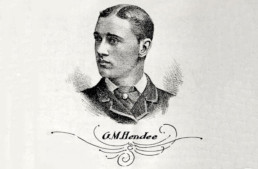
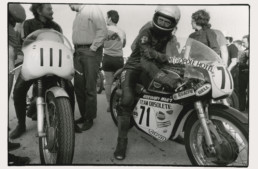
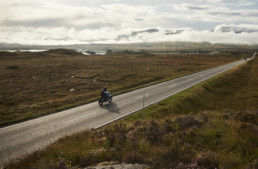
amazing! one of the earliest uses of the motorized cycle was to facilitate bicycle racing? OK-did anyone ever think of racing pacers?
Absolutely! That’s how motor cyce racing got started. One of the most successful of these proto-racers was a pacer steersman named Jacob De Rosier.
As a resident of eastern Mass and an avid motorcyclist for 40yrs I had no idea how much the area contributed to early motorcycle development .Sure Springfield has Indian but Brockton , Waltham , Worcester all very enlightening .